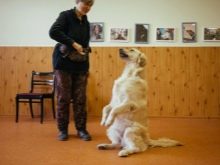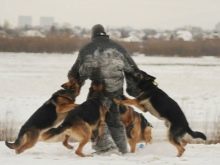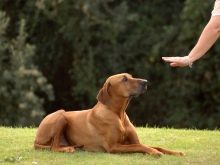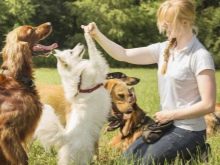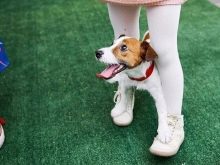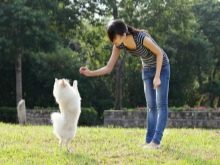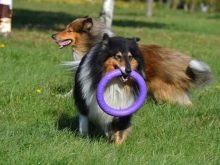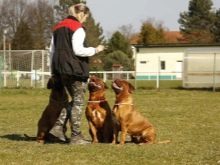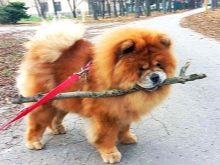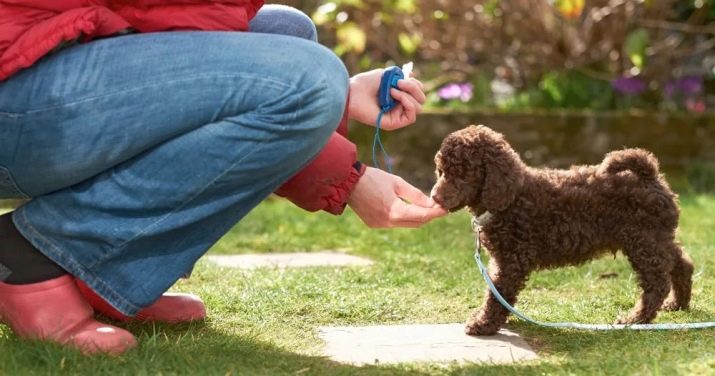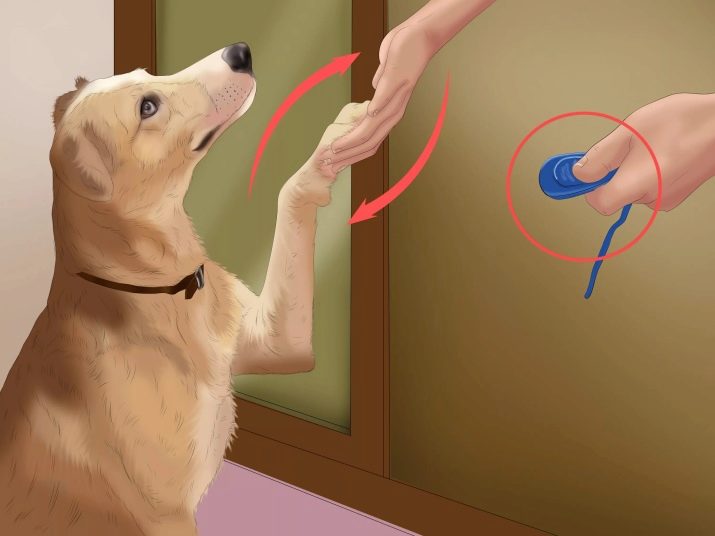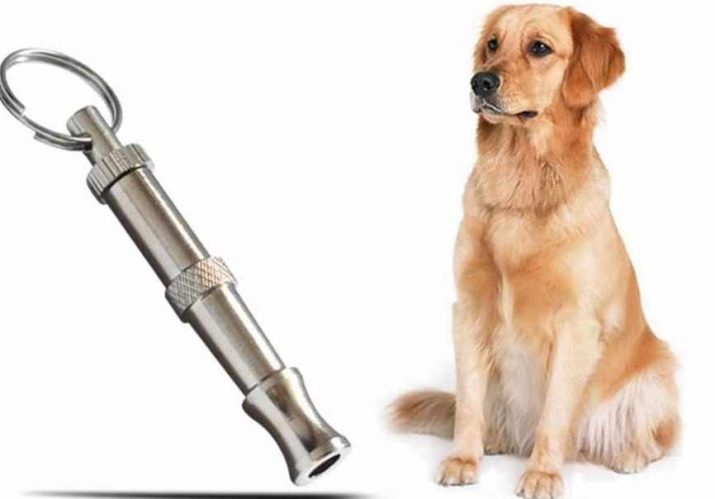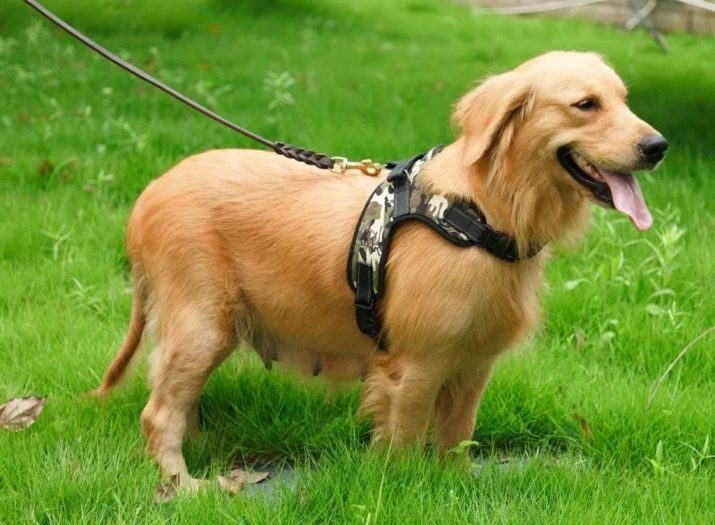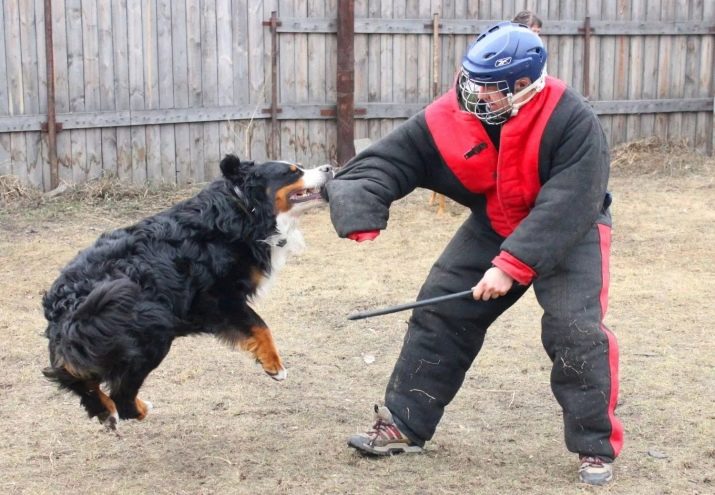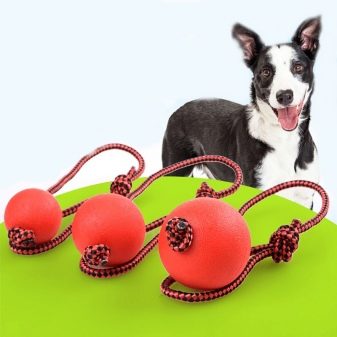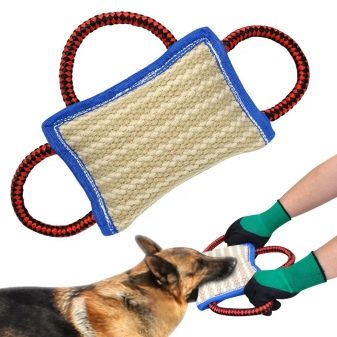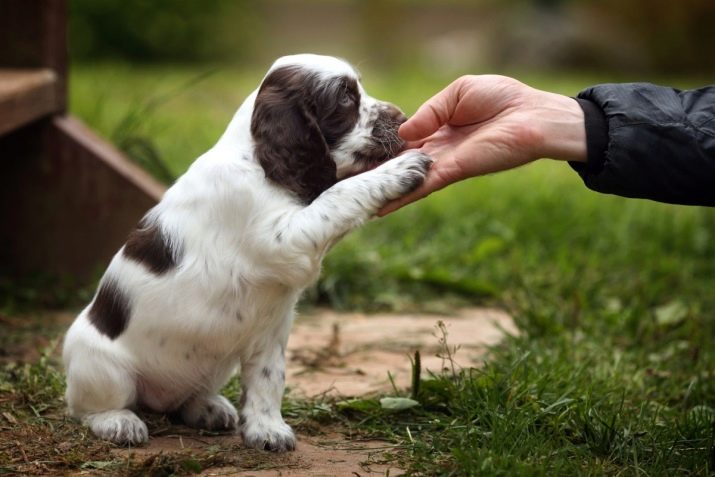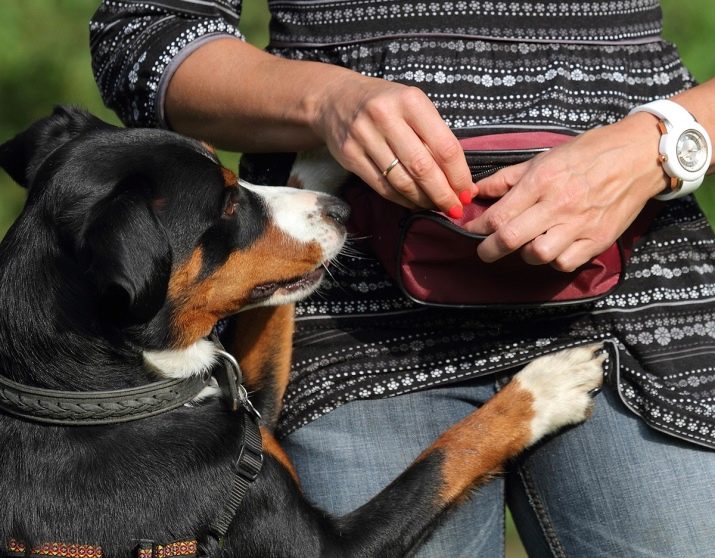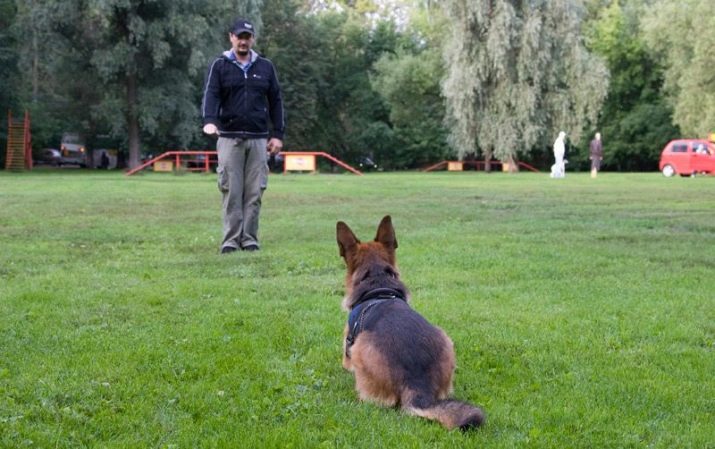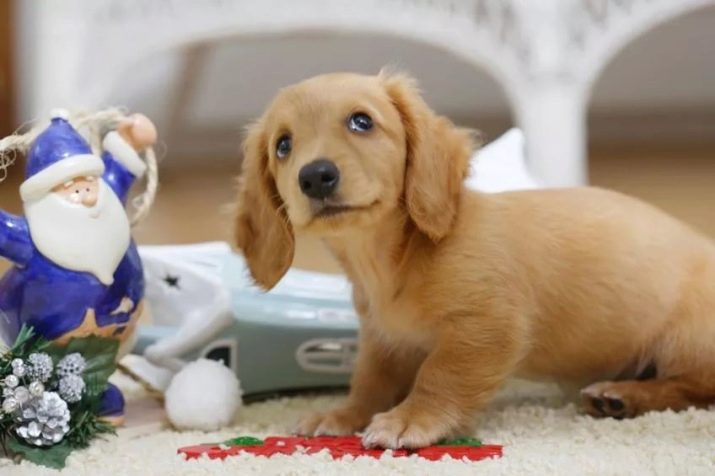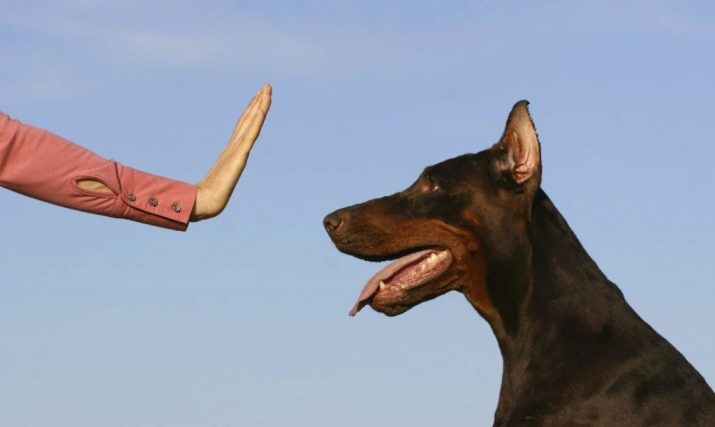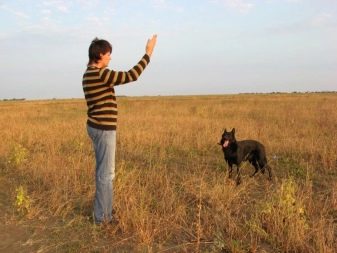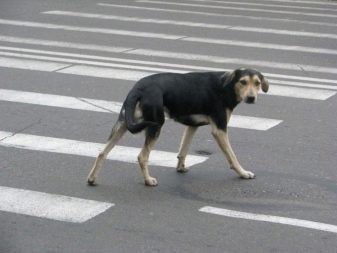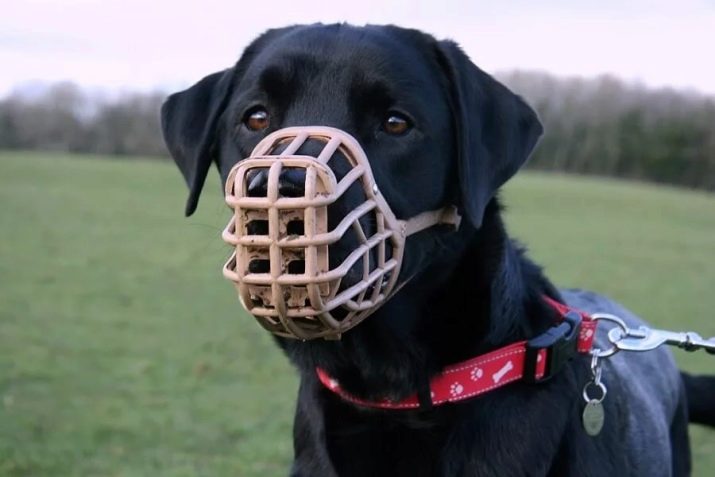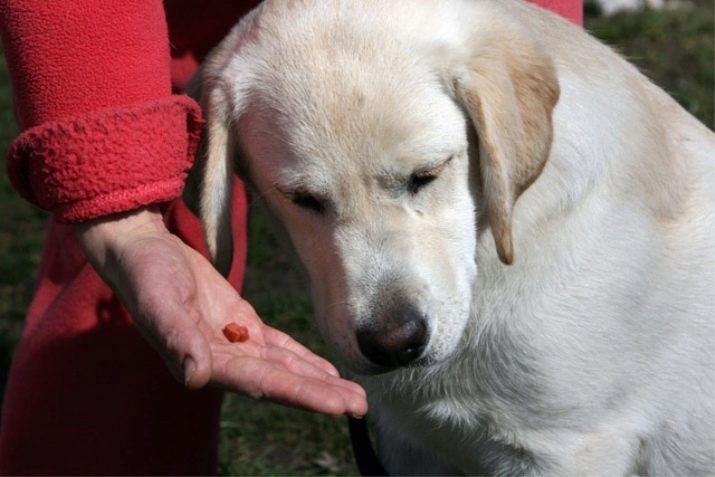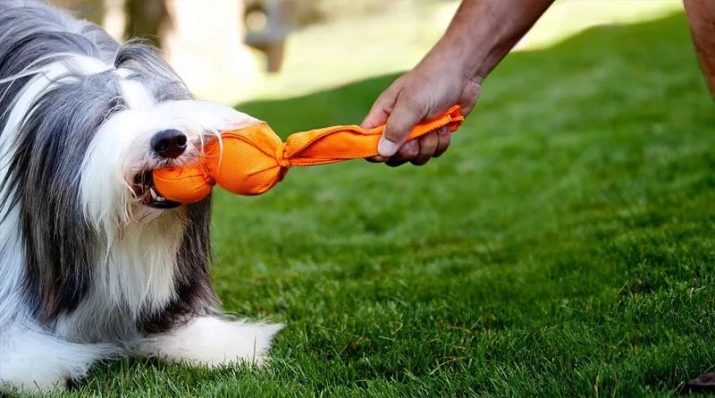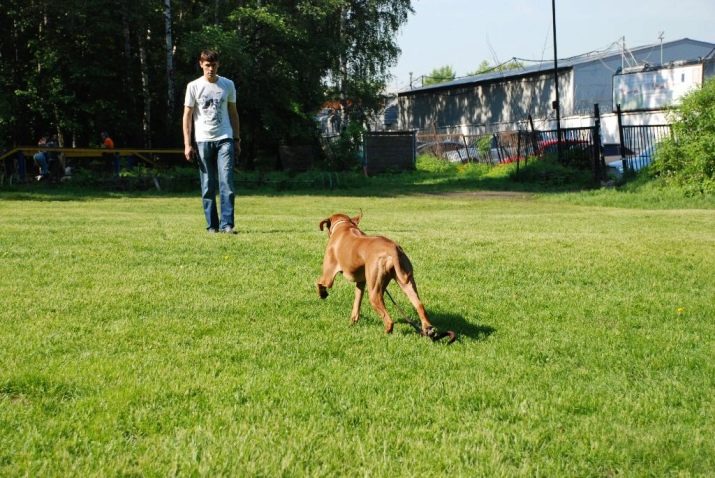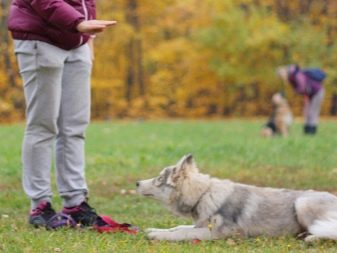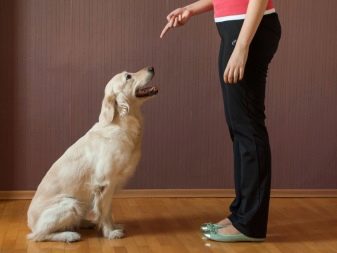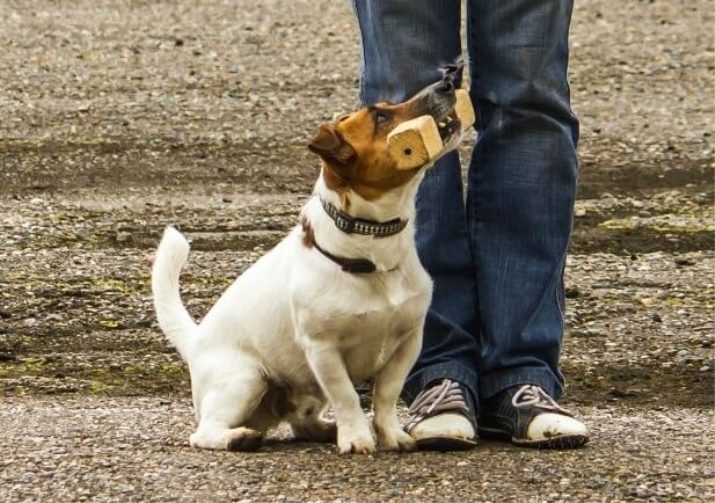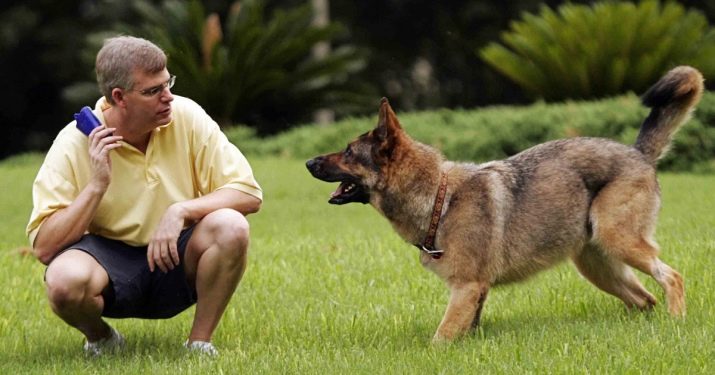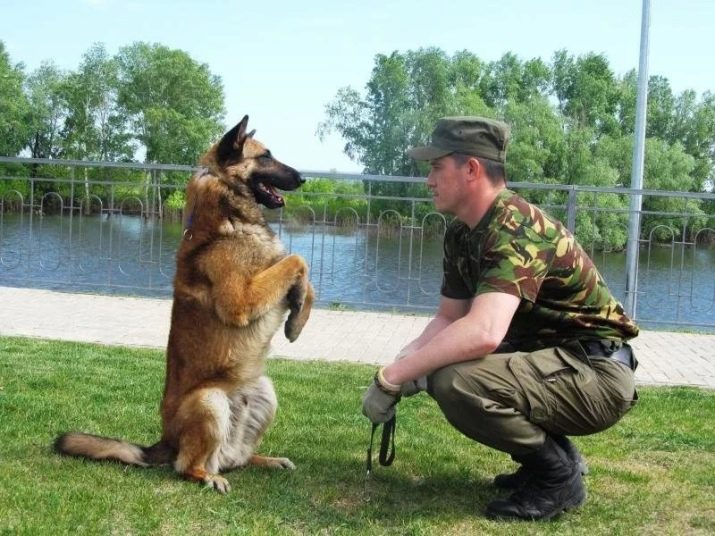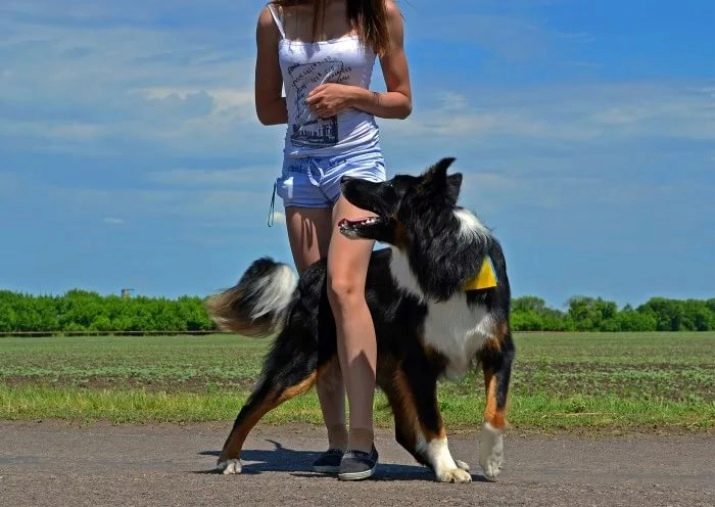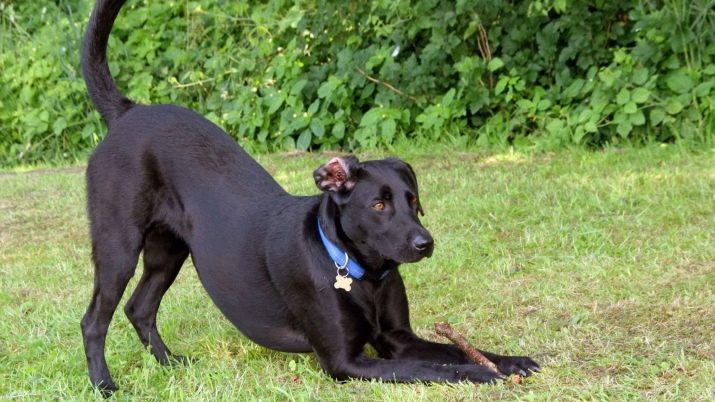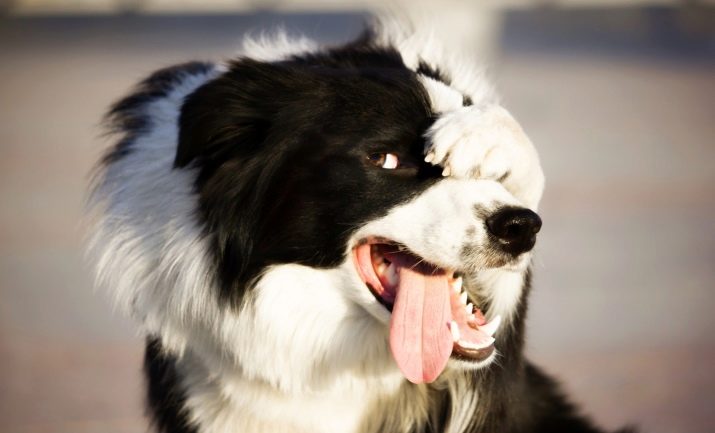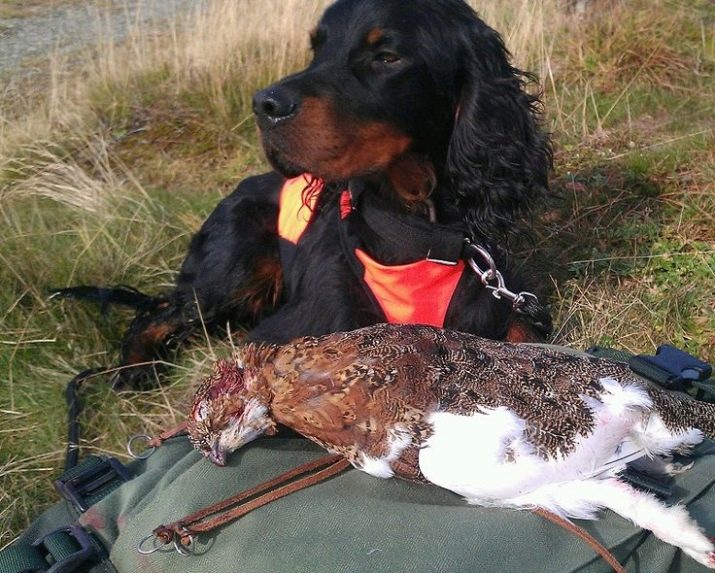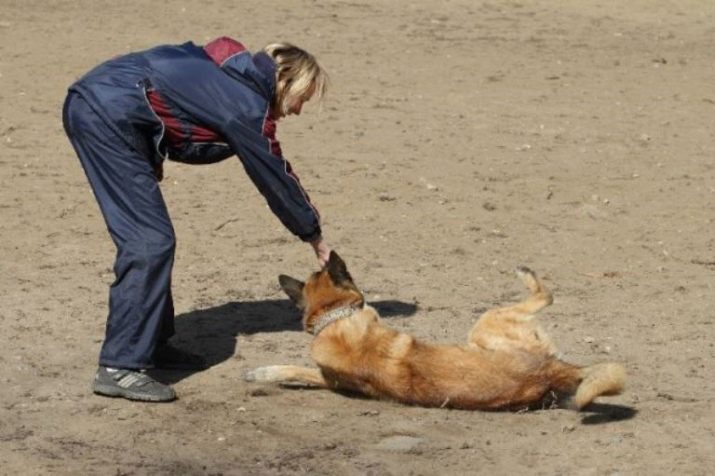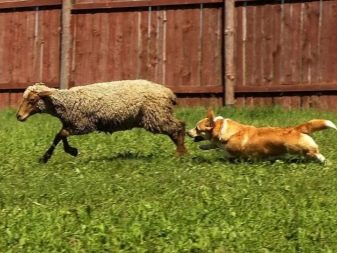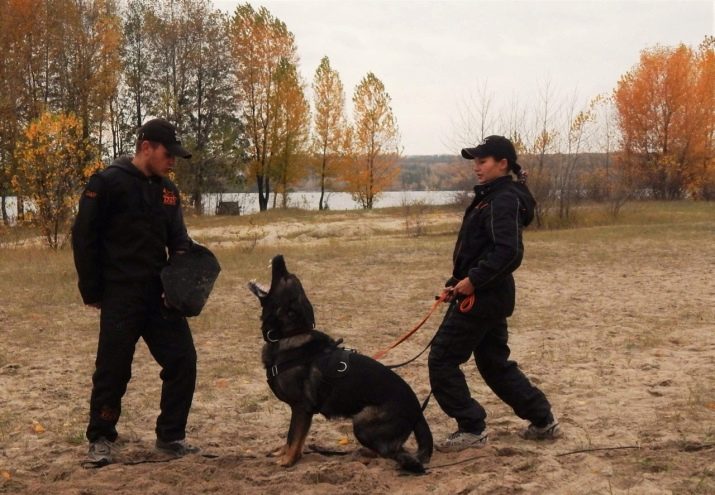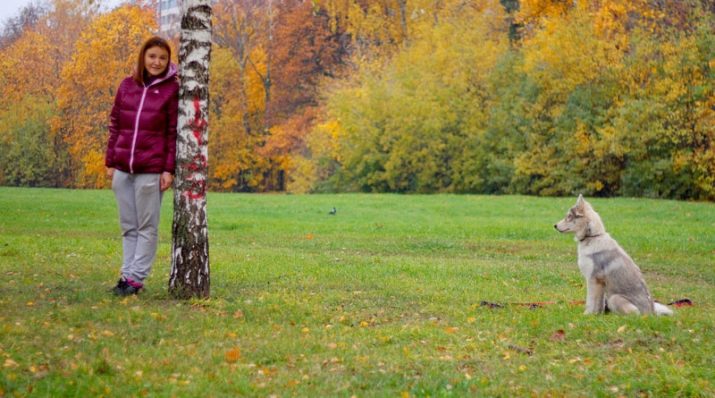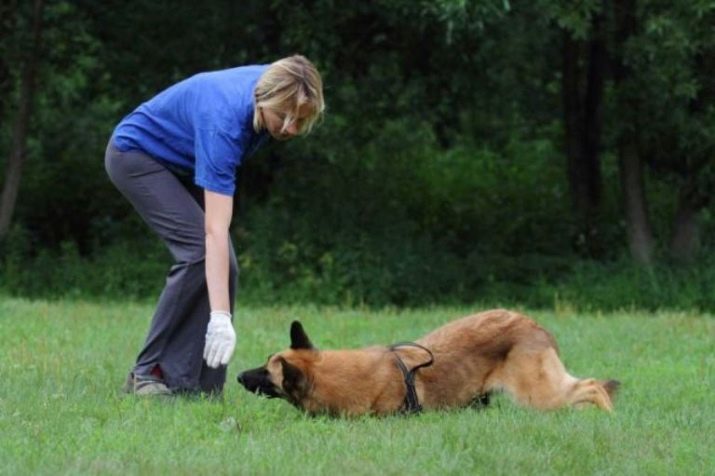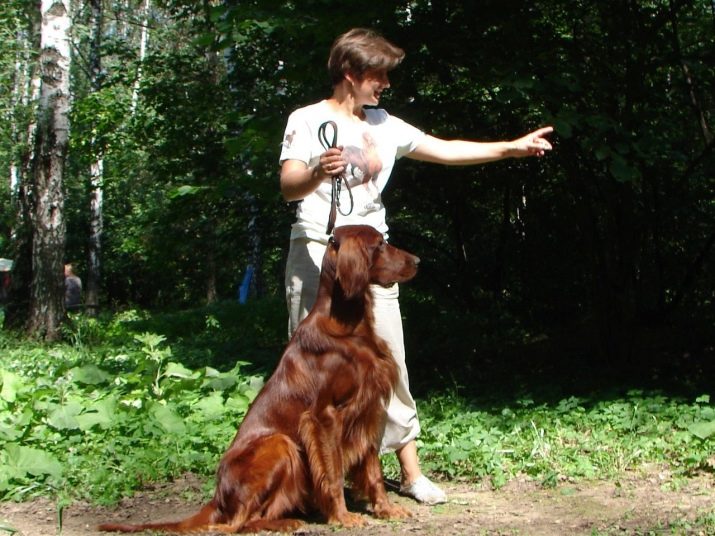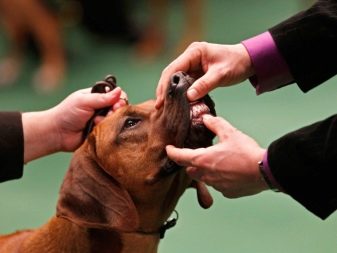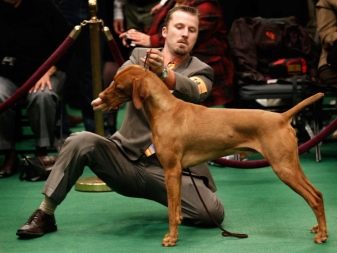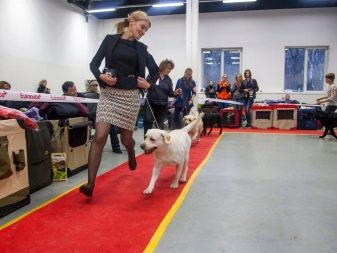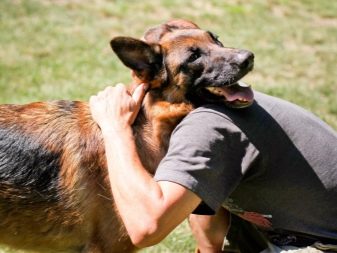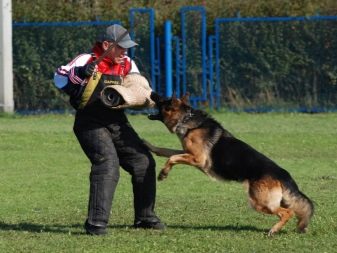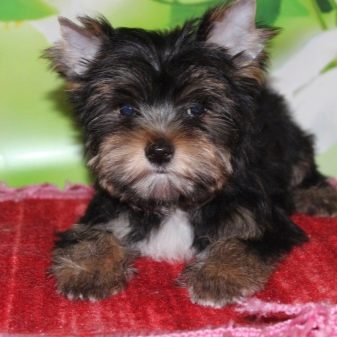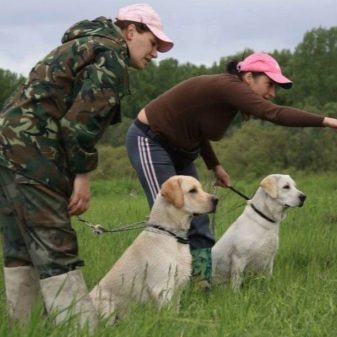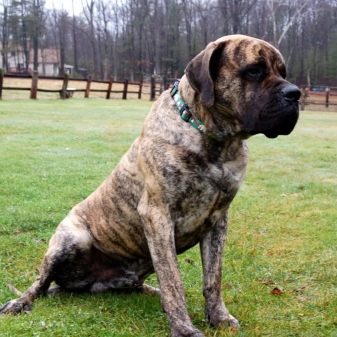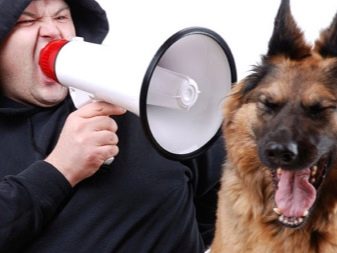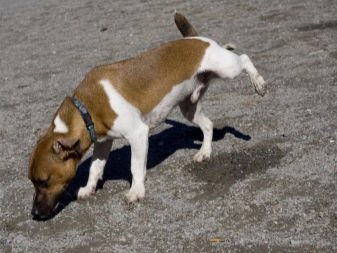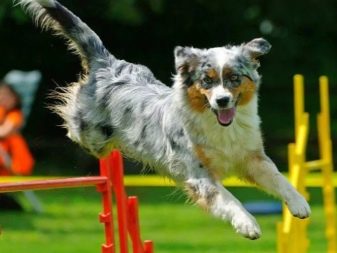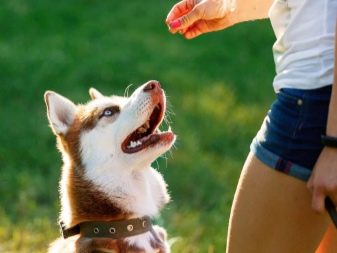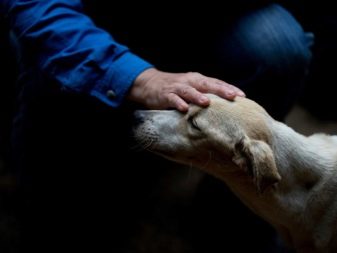Dog training is a prerequisite for raising an animal adapted for life alongside a person. This is an integral part of the socialization process that every pet needs. In addition to the generally accepted training courses aimed at developing obedience, mastering the basic principles of behavior at home and on the street, there are special ones. They are needed for hunting, herding, guard dogs, search dogs.
It is always difficult for an inexperienced owner to start working with a pet. How to teach puppies teams at home? Where to start and how to act to succeed? The list of teams and the rules of training for beginners will help you learn the basics. But before you begin to practice, you should get acquainted with the theory as much as possible.
Especially since Not all breeds are equally well trained, and the speed at which results are achieved depends on choosing the right time to start classes.
Which breeds are easier to train?
Individual features of character are not only among people. Animals also have different inclinations and abilities to master various skills. When choosing a breed you should pay attention to such important points as interpersonal skills, level of intelligence, controllability. Conflict dog will be a good pet for a person without experience.
Among the decorative breeds to the well-trained animals Poodle, Maltese, Welsh Corgi, Pomeranian, Papillon, Sheltie. Quite easily master the knowledge of hunting breeds: Spaniels - English Cocker, Russian, Springer, Kurtzhaar, Espanyol Breton, Weimaraner, as well as Labradors and Retrievers.
Representatives of the group of herding dogs are also famous for their high intelligence, but they are often quite capricious and in training they are guided only by their own preferences. Here among the leaders in learning can be noted Border Collie, Longhair and Shorthair Collie.
Service breeds of dogs have a high level of intelligence, but their training is recommended to be trusted only to experienced dog specialists or owners., ready to show leadership skills. German shepherd dogs, rottweilers, and Belgian shepherds (Tervuren, Lachenois, Malinois) need a firm hand. But their intellect allows for quick memorization of commands and maximizes the potential of the animal in performing various tasks.
Some breeds of dogs initially are not well trained and even spend much more time on mastering the basic course of teams. On average, they take from 80 to 100 repetitions to develop one skill. Preparing for difficulties is worth the future owners of Afghan hounds, Bassenji, Russian Hound, Bloodhound, Chow Chow. Moreover, the problems are usually not related to the general intellectual capabilities of the animal.
As a rule, animals that are blood closest in genotype to their wild ancestors are freedom-loving and capricious.
How old should I start studying?
Choosing the right moment to start training a dog is incredibly important for the overall success of the whole business. The first experience of training a puppy gets from the moment it enters its home.This usually occurs between the ages of 1 and 3 months. From 12 weeks the animal can begin to master the first commands, remembering gestures. Up to this point, the child enough to study the nicknames, habituation to the tray or the paddock, leash, collar.
Some breeds are slow maturing. They later develop puberty, and the animals themselves generally retain their characteristic puppy carelessness longer. Here, a serious upbringing begins with 6 months, and until this point it is replaced by active socialization. The dog is introduced to other animals and people, taught to remain calm when traveling in transport, changing the landscape or the situation.
How to start training a puppy?
The initial stage of training is always difficult for both the owner and the dog. Professional dog experts recommend to establish a strict order from the very beginning. Need to conduct training on the site, isolated from outside interference, frightening sounds, distractions. Even if classes are held in a group with an instructor, this order does not change. It will be useful for the owner to have additional equipment to teach the dog to obey by various methods.
Among the useful devices for training can be noted such.
- Clicker. The subject for fixing the conditioned reflex, is used for training methods that are not associated with strict control and subordination. In this case, the dog in the case of the correct action hears the click of a clicker and gets a reward. The device has a simple mechanical design, is not subject to wear, has managed to prove its effectiveness in raising a variety of animals.
- Whistle. The simplest subject actively used in training hunting dogs and representatives of other breeds. The simplest command you can master with his help is “to me”. Due to the fact that the whistle in the special sound range is carried far beyond the voice, this method is convenient for calling a dog. Even at a considerable distance, the pet will be able to recognize the command and execute it.
- Bag for delicacy on the belt. To quickly accustom the animal to the execution of commands, most owners and trainers use a delicious dressing. But carrying it in your pocket is not very convenient. The compact belt bag allows you to teach the animal the basics of dog training, without soiling your pockets with food.
- Leash and collar. They should be the size of the dog, take into account its age, body structure. Some breeds need to replace the collar with a harness so as not to harm the growing body.
- Stack. It is used in courses of protective and guard duty, it is necessary to teach an animal to continue working even with physical exposure. Independently use its owner should not.
It is prohibited to use the stack as an instrument of punishment or compulsion, otherwise, instead of cultivating courage in a pet, one can arouse cowardice at the sight of an unpleasant accessory.
- Toys for training. Rubber dumbbells, frisbees and other aportizing subjects make it possible to make the process of mastering teams more diverse, giving you the opportunity to bring important information to the animal in an accessible game form.
Starting training a puppy, it is very important to act gradually, to avoid pressure and aggression. Among the simple rules that will help make interaction with your pet more productive, you can highlight:
- clear and accurate setting of tasks;
- search for an individual approach, taking into account the nature of the animal;
- the use of specific gestures and signals;
- compulsory reward for a properly performed action;
- the presentation of information in a fun game form;
- careful timing of classes - they should not be too tedious.
Matters and relationship with a puppy. He should take the master as a friend, but recognize his authority.The dog will surely remember the fear or aggression and in the future the negative experience we have experienced can create problems in dog training.
Preparation: Obedience Training
The basic training of dogs include an obedience course, which allows them to master a minimal set of commands. A significant part of acquired skills is exposure. The ability to stay in place at the command of "sit" or "lie" will allow for further development of much more complex training programs. In addition, this skill will be useful in exercising control over the animal on the street.
As part of the basic training course, the dog must step by step to master the necessary minimum of knowledge. Duration of one lesson should not exceed 60 minutes. During the preparation it is important to decide on the equipment and the promotion of the animal.
It is convenient to take the chosen delicacy with you in an insulated waist bag. In the first months of training, the collar and leash will be a mandatory addition to working with animals.
Careful selection of places for training is also very important. If there is no well-equipped playground in free access, you can use any desert terrain where there are no distractions or hazards (cars, large aggressive animals). When choosing a place previously unfamiliar to the animal, it is necessary first to give the dog the opportunity to properly explore new territory.
In the hot season it is recommended to conduct training in the morning or evening before feeding.
List of teams and teaching methods
Among the most popular in the professional environment of teaching methods there are several.
- Mechanical method. It consists in the passivation of the participation of the animal in the process of training. To achieve the desired result, the owner simply enshrines the necessary skill, creating the conditions for the mandatory execution of commands. This approach is considered to be effective, but is only suitable for pets with high flexibility to someone else’s will - more skittish dogs will simply resist physical, psychological pressure.
- The operant method. In this case, the dog becomes not a passive performer, but an active participant in the process. The trainer acts by reinforcing the positive actions of the animal and ignores or tries to prevent unwanted actions. So the dog gets the opportunity not only to learn, but to think and act independently in the presence of such a need.
- Vkusopodoschitelny. When the dog is not forced to action, and is prompted to him. When you achieve the desired result, the animal gets a treat. It is believed that the founder of the method was the famous trainer Durov. Today it is used mainly when working with puppies and dogs of decorative breeds.
- Contrast. During training, both food stimuli and mechanical stress are used. If the animal does not perform the tasks voluntarily, it is forced to do it.
- Imitative. It is built on the principle of “do as I am”, used in service dog breeding and hunting, when training young animals on the example of actions of older comrades. The imitative method is built on natural instincts - this is how puppies repeat food intake after their mother or participate in games. But it is only suitable for consolidating permissive skills.
When working with animals, voice commands can be used, sound or manual (in the form of gestures).
Simple commands
All kinds of simple commands that you can teach a dog at home are studied by a puppy in the first months of life in the house. If you encourage the animal correctly, you can easily teach your child the basics of behavior in the house. Giving a treat is needed as an element of consolidating the necessary skill.
If you regularly train the basic set of commands, you can properly prepare the animal for further socialization, teach the puppy to trust and obey.
"A place"
The team teaches the puppy to remain in the litter corner allocated to it in any circumstances, including in an extreme situation. At the age of six months, it can replace other prohibitive measures. If an animal demonstrates not good behavior, it is simply sent to a place, depriving the desired entertainment or the owner’s society.
In the future, this skill will be useful in mastering the skill of aging.
"No"
Command-ban, preventing unwanted actions. No matter how charming and sweet the pet is, this team should definitely be one of the first to learn from the age of 1 to 3 months.
For decorative dogs, this skill may be one of the few elements of mandatory training.
“Stop”
It is useful at the beginning of walking the pet on the street. This command allows you to instantly stop the unwanted actions of the dog. For example, if a dog escapes from a platform or tries to cross the road on its own.
Basic commands
Training core teams produced on the basis of courses OKD or UGS. The first of them is more complex, it allows preparing an animal for more difficult stages of dog training. For example, checking for cowardice - a reaction to a shot, allows you to check the dog's readiness for the development of protective and guard duty. You will need to show your teeth at the exhibition - in the ring, the dog must, without a murmur, show its jaws to everyone without aggression.
Wearing a muzzle also allows you to check the animal's readiness to observe the rules of life in the city.
"Fu"
Team, worked out exclusively by coercion. It is associated with the mandatory suppression of undesirable actions, produced from an early age. It is possible to seriously demand its fulfillment when the dog has reached the age of 6 months. Until this time, one should act by the operant method, preventing situations in which the dog may come into contact with undesirable objects or objects.
"Beside"
The dog must walk at the owner’s left foot on a sagging leash or without it. When executing a command the animal must not move away or run ahead. The tension of the leash, if any, is excluded.
"Give"
Mandatory team that establishes the status of the leader in the "pack" for the host. Even a welcome bone, a bowl of food, picked up outside trash animal must give on demand.
If necessary, use the method of coercion, in any case, the team will have to achieve.
"To me"
One of the first mastered animal teams. But if it is permissible for a puppy to flee on the owner’s call in good faith, the adult dog must strictly follow the requirement. In service dog breeding a special gesture is most often used. Hunters and shepherds use whistles to call a pet.
Complex "Sit / lie / stand"
These basic requirements are not at all useless. Having developed the skills to automatism, it is possible to ensure the animal stops in the event of undesirable actions or in the manifestation of unlimited emotions. Teaching them with a dog is necessary in stages, from 5-6 months, adding gesture control to voice commands.
"Aport"
The team of service dog breeding, moved into the general training. Using it as an interesting game, it is easy to provide the flow of almost any objects, and while hunting there is also towing game on the water or in the field. Service dogs at the command "Aport" carry out a search.
Unusual teams
Unusual are trick or special commands that allow you to induce the dog to perform unusual actions. Sometimes only the name is non-standard. For example, “Tubo”, served by the cop, is preserved from the French language. And many tricks are called on a specific circus slang.
"Bunny"
This command is also known as Serve. She is especially successful in small dogs, which easily keep their balance in a sitting position, raising their front paws. Learning will be easy if the owner is armed with a favorite animal treat. The hand with food is turned on behind the animal's head, encouraging its desire to reach the encouragement, without taking the grain from the ground.
"Snake"
The team consists in passing the animal under the host's leg bent forward and bent at the knee. Useful skill looks like a spectacular trick. But in agility, the ability to properly overcome the slalom is the key to successful passage of the track.
"Bow"
One of the easiest tricks. Performed from a standing position, with the deflection of the blades down. The first experience is obtained with a combination of mechanical action and delicacy. The skill is fixed quite quickly and the dog gladly executes the command in the future.
“I’m ashamed”
Dog Trick supine position with front paws covering the face. He is very popular in the circus and easily mastered by animals after a certain number of repetitions. Using a small piece of adhesive tape at the eyebrow, you can induce the animal to make the necessary movements.
Fixed skill encouragement and voice command.
"Tubo"
A special prohibiting command given by a dog to a dog during a hunt. Similar to the requirements of "It is impossible", "Fu." Allows you to stop the action of the animal that can harm the actions of the hunter.
"Tumble"
Classic trick performed from the prone position. With the help of a treat, the animal is transferred to a position on its side, then on its back and makes a complete revolution. With due diligence, the skill can be worked out with repeated repetition, having achieved an effective performance by the dog.
"Dance"
The ability to walk on their hind legs are mainly dogs of small and medium sizes. Having studied the skills of standing on the spot on the hind limbs, a pet can go to waltzing or dancing. In the first case, the performance of the trick will be a pair. "Dance" is performed solo, the back of the dog remains in a strictly upright position. At first, the animal should receive a treat in 3-5 seconds.
Training useful skills
There are a number of teams that are used in the service dog or fall into the category of additional, not included in the list of the standard course. Some of them are necessary in everyday life.
"Search" or "Scent"
These teams in service dog breeding are used to search for objects by smell, to follow the trail. In ordinary life, keenly developed sense of smell is necessary for hunting dogs and shepherd shepherds dogs.
"Alien"
A useful team that allows you to stop the manifestation of friendliness to a stranger. The more distrustful a pet will be to strangers, the easier it will be to protect it from theft or to teach the basics of protective and guard duty.
“Wait”
Fundamentals of training in exposure allow the dog to be in a given position for quite a long time. In this case, the animal receives an additional command "Lie down", "Sit" or "Stand." The release team is a “Walk” or a call to the owner if he is in the distance.
It is also useful to train the animal on the command “Place” to go to a point indicated by a leash or other object and stay there until new orders.
"Crawl"
Useful in service dog breeding and agility team, ensuring the movement of the dog from a prone position without lifting on its paws. In this way, obstacles that cannot be jumped or run around are overcome.
"Walk"
The release command, mainly used in service dog breeding. With its help, the animal performing the task is sent to rest. The rest of the time, it is either in place or located next to the owner.
Required minimum for an exhibition
A pedigree animal that is planned to be used for breeding requires mandatory participation in exhibitions.Here his stats are evaluated, a conclusion is given on the compliance of the animal's phenotype with the established norms. But before you send your pet to the review, you must make sure that he received the necessary training, learned the basic rules of behavior at such an event.
Among the mandatory requirements for any breed are the following points.
- Calm, restrained behavior. The dog must not react to other dogs in the ring, withstand the touch of strangers without aggression.
- Willingness to inspect teeth, check ears, genitals (in dogs for cryptorchidism).
- The ability to be in the exhibition rack for a long time. During this period, the animal must maintain the most advantageous position.
- Passing in a circle and back and forth, moving in a triangle with given points. All these skills should be rehearsed in advance.
- The ability to wear ringovkuwithout dragging and not weakening it.
If you plan to use the services of a hired handler in the ring, you should find him in advance and introduce him to the dog.
How to teach to protect the owner?
For training in the guard service, the animal must first undergo a general training course. After that, you can proceed to the development of the team "Fas" - the main call for the attack. It is recommended to study it on a special platform and under the guidance of an experienced instructor. In working with a dog, a special suit or sleeve is used, on which the aggression of the animal is directed. Teasing the animal, using the stack and other sources of discomfort, the instructor gets the right reaction.
After the initial mastering of this skill, it is possible to work out the detention or immobilization of the intruder in action with the simulation of a real attack in conditions close to the natural environment. To educate an animal capable of carrying protective-guard duty, it is necessary to limit its circle of communication.
The owner should be only one, and family members are perceived as their own pack. To strangers should be encouraged only watchful attitude.
Features of training of different breeds
The desire to train a pet on its own is quite natural. But it is worth remembering that the training of dogs of different breeds should take place by its own rules. Important recommendations include gentle attitude to learning dwarf and decorative animals. Dogs of these types are usually trained in tricks and undergo a reduced general course of training.
For especially disobedient babies - papilions, pugs, shih tzu, Yorkshire terriers, the basic team will be the "place". This is how any unwanted actions are stopped. In addition, by sending into place you can stop the flow of irrepressible energy of your pet.
Hunting dogs need the repression of certain instincts in everyday life. Their training begins with 6 months. Since that time, the animal learns the basic principles of training. With 10 months begins the full development of hunting skills.
For service and working dogs in the training is very important leadership qualities of the owner. His authority must remain indisputable.
These moments are especially important for working with representatives of the Molossian, fighting breeds.
Typical mistakes
In training, it is impossible to do without blunders. Each dog is individual, has a different level of mental stability and needs the right approach to it. Among the most common mistakes of owners and inexperienced trainers can be noted such.
- Change the sound of commands. When training this is completely unacceptable, because the animal simply does not understand what is expected of it. The team must be clear, understandable and the only true. Otherwise, it will not be necessary to speak about the development of obedience skills.
- Negligence, neglect of animals. The dog should not experience fear or other negative emotions during dog training.Otherwise, any person who has applied force to her will be able to subordinate another's pet to himself if necessary.
- Diffidence. Starting training, it is necessary to pay attention to the tone and how commands are given. To achieve good results, you need to clearly understand how the dog will act. Teams should not contradict each other or be given 2-3 times at a time.
- Failure of commands. If training is not associated with the mandatory achievement of results, it will be almost impossible to achieve obedience from the dog. The given command must be executed in full.
- Punishment after the command. You can't call a dog to yourself to scold him. This will break the causal relationships, will lead to the fact that the consolidation of skills will be difficult.
- Aggression, cry, aimed at the puppy. Dogs perceive human actions by virtue of their physiology. If the animal’s actions evoke a negative reaction, it will figure out how to avoid punishment the next time. If the puppy defiantly eats its excrement, most likely it simply “destroys the traces of the crime”. And the matter is that - the actions of the owner.
- Lack of clear rules of behavior. A dog begging for pieces from the table should not receive them. If, reading the ban, the owner himself violates it, it is quite difficult to talk about discipline in the house.
- Humanization of a pet. No matter how intelligent the dog is, it is dependent on the person and has a different mindset. Any kind of training is not the result of persuasion and conversation with an animal. It is based on the development of reflexes and is associated with them.
- Wrong promotion. Approving the wrong behavior of the dog, it is difficult to obtain from her obedience. Rules of encouragement and ignorance should be established once and for all.
- Lack of patience. It is extremely important to complete the training of the dog. With some breeds of dogs, training turns into a real contest in stubbornness. And it is very important to establish your right to lead in this fight.
Useful recommendations
Both the adult dog and the puppy are equally in need of education. Of course, a boring course of general training with multiple repetitions is unlikely to be an exciting activity. But before you learn the tricks, interesting teams and sports disciplines, you need to go through the basic stage. And here you can not do without the useful advice of experts.
One of the main recommendations - the duration of employment. The optimal is the length in 10 minutes with a repetition 2-3 times a day for a puppy, and 30-60 minutes in the morning and in the evening for an adult dog. Timing is also very important.
Pet should not be too fed up or tired. Pre dog should be walked, allowing it to empty the bladder and intestines.
When working through teams, it is necessary to alternate exercises, starting a lesson with repeating the material covered. Promotion delicacy should be combined with games and other types of pleasure. Then the presence of food in the trainer's hand in the future will not be the only decisive factor in obedience.
The older the dog, the harder it is to inculcate in her training skills. Especially it concerns the basic principles of behavior and prohibitions. But even if the dog makes a mistake, it is worth gently correcting his behavior, and not scolding him.
Obedience can be achieved by different methods. Select their pet should be individually.
You will learn about how to properly train a dog to sit, from the video below.


